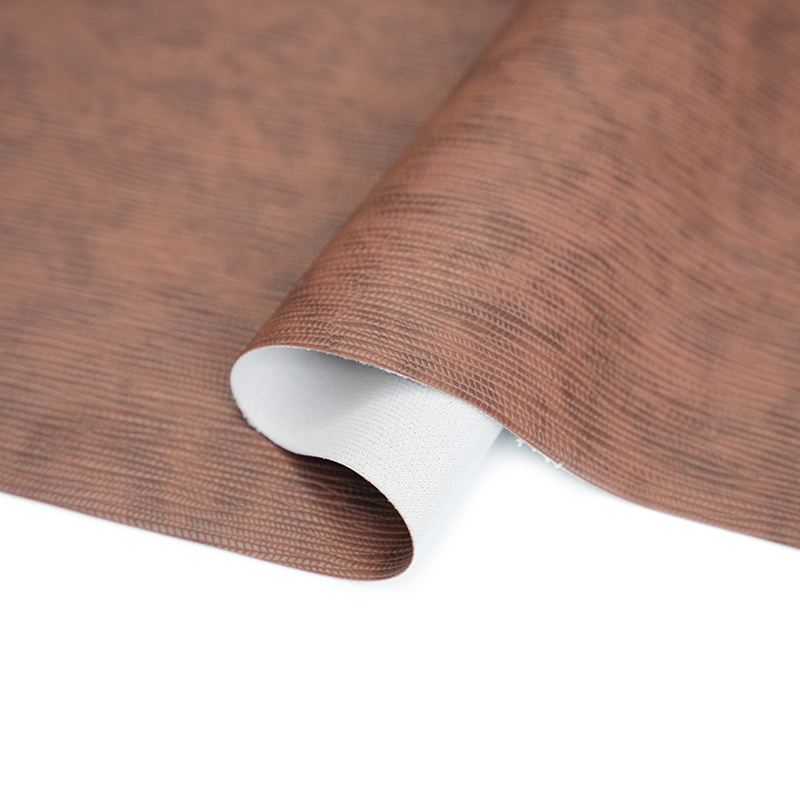Artificial leather is created through advanced modern technology by combining polyurethane (PU) or polyvinyl chloride (PVC) with a fabric backing, and its surface is embossed to imitate the texture and feel of natural leather. Compared with genuine leather, artificial leather provides more controlled production, ensuring consistent thickness and flexibility while allowing adjustments in gloss and softness according to specific needs. This scientific manufacturing process not only enhances product stability but also offers wider design possibilities for the furniture industry.
Artificial leather emphasizes environmental protection and sustainability. Unlike natural leather, it does not require animal slaughter, reducing the consumption of natural resources. Additionally, it offers excellent wear resistance and tear strength, capable of long-term use without deformation or cracking. This durability extends the life of sofas and makes home maintenance easier, making it a high-value choice for modern households seeking cost-effective furniture.
Artificial leather provides a wide range of colors and textures, from classic dark shades to minimalist light tones, meeting diverse aesthetic needs. Advanced surface treatments can create the glossy finish of natural leather or a velvety smooth texture, giving sofas a premium visual appeal. This versatility makes artificial leather sofas suitable for traditional living rooms as well as modern, Nordic, or industrial-style interiors.
Thanks to its flexibility and malleability, artificial leather can be applied to various sofa shapes, including curved, modular, and functional designs. This adaptability enhances both the beauty and practicality of furniture, allowing artificial leather sofas to fit perfectly in different spaces, whether in compact apartments or spacious villas, adding modernity and comfort to home environments.
The surface of artificial leather is waterproof, making it easy to clean spills with a simple wipe. This feature is especially important for families with children or pets, reducing the risk of stains and saving cleaning time and effort. Compared with genuine leather, artificial leather requires minimal maintenance without the need for specialized cleaning liquids, greatly facilitating household life.
Artificial leather sofas are not only durable but also cost-effective in terms of maintenance. Minor scratches or wear can be easily repaired or restored, offering peace of mind to consumers. This low-maintenance quality reduces the need for frequent sofa replacement, making artificial leather a high-value material choice for furniture.
When selecting an artificial leather sofa, it is important to consider the household environment and intended use. For homes with children or pets, choose materials with high wear resistance and strong waterproof performance. For decorative or light-use purposes, softer and glossier artificial leather can be preferred. Making decisions based on usage ensures a balance between aesthetics and practicality.
Focus on the material composition and thickness when selecting artificial leather sofas. High-quality PU or PVC enhances comfort, wear resistance, and water resistance. The thickness directly affects the feel and lifespan of the sofa; too thin may lead to cracking or quick wear, while too thick may reduce softness and comfort. Consider both material and thickness to ensure long-term usability and a comfortable experience.
